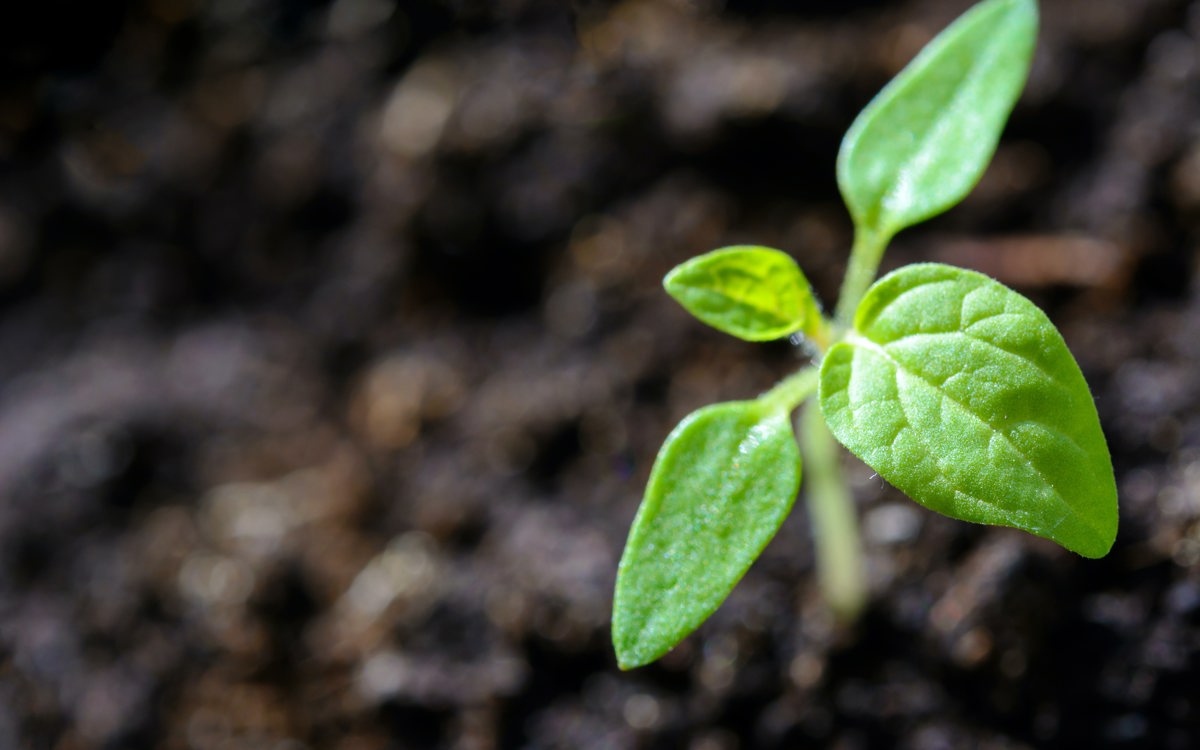By Dr Iroja Caldera


Dr Iroja Caldera
In global efforts to combat climate change and its impacts, plants are our key allies.
Plants use carbon dioxide and water in the presence of sunlight to produce sugars and release oxygen, in a process called photosynthesis. They help regulate the environment by absorbing carbon dioxide, thereby acting as a carbon sink, whilst releasing oxygen which is vital to life.
Plants also provide other regulating services in natural ecosystems, from controlling floodwaters to preventing soil erosion. Various forest species provide vital supporting services to their environment, from helping with the formation of soil to maintaining natural nutrient cycles (such as carbon, nitrogen, and phosphorus cycles).
Beyond ecology: the cultural aspect of plants
Just as plants play a key role maintaining natural ecosystems, they also provide a vast array of cultural services for societies around the globe. Many rural and indigenous communities, for example, are inextricably tied with the native plants in their environment, which provide food, raw materials, fuel, and medicines for humans.
Often, the line between medicinal and spiritual uses of plants is blurred. Traditional knowledge about plants – which is part of a community’s living heritage – is typically passed down by word of mouth from a traditional healer to the next of kin. Indeed, the treasure trove of knowledge related to the healing properties of plants has led to the development of various medicinal drugs, such aspirin and quinine.
The cultural significance of plants can range from the recreational pleasure and contentment that we derive from walks in the woods or maintaining a garden, to the ceremonial roles and symbolism of various species in diverse communities. Henna, for example, is used for body decorations in South Asia and the Middle East. Marigolds are used during ceremonies on the Indian subcontinent. The evergreen holly is a centrepiece of Christmas decorations, while the bodhi tree (religious fig tree) hold spiritual meaning for Buddhists. There are countless other examples around the world.

An uncertain future of climate change
It’s clear that plants play a central role in both natural ecosystems and human societies. However, the health and survival of plant species is under increasing threat from our changing climate. While climactic conditions have always had significant control over plant growth, as demonstrated by the geographic distribution of plants both in natural and agricultural systems, we are now witnessing something new: many natural ecosystems, including forests, are undergoing significant changes as a result of climate impacts.
For example, changing temperature and rainfall conditions can decrease plant population numbers, and limit or shift the areas certain plants can grow. In extreme cases, climate impacts can also lead to the complete dying out of plant species – or extinction. Combined, these factors hamper plants’ ability to provide environmental and cultural services.
There is, therefore, a great deal of interest in finding ways to protect forests and plant species, and preserve the essential services they provide. In this, academic research plays the key role of helping us better understand how we can protect our natural world.
In my own research specifically, I look at how plants respond to changes in their environment – particularly in terms of their internal structure (anatomy) and their function (physiology). I study things like changes in leaf size or thickness, how tiny pores on plant leaves (stomata) might change in number and size, or how photosynthesis is affected by changes in temperature, water availability, or carbon dioxide concentration in the atmosphere.
Preparing for different climate change scenarios
So, why is all this important?
Unlike animals, plants are usually unable to move away from unfavourable environmental conditions. Instead, where possible, they tend to respond to these changes by modifying their growth and development patterns. Therefore, by studying how plants respond to their environment, it is possible to theorise how they will grow and provide services under future climate change scenarios.
One interesting example is how plants growing with less water would often have smaller leaves, designed to prevent the loss of water due to the lower leaf surface area and lesser number of stomata. Climate change-based studies on plants can include laboratory-based work where model plants, such as Arabidopsis thaliana, are used to conduct experiments to study specific plant responses – often down to the gene level. Field-based studies on natural ecosystems are also important; for example, studying tropical forests can lead to better management of forests under climate change uncertainties.

Since plant resources can support both climate change adaptation and mitigation whilst providing many other benefits, the preservation of plant species offers a holistic approach to combatting climate change. In fact, there is currently a great deal of interest in the use of natural ecosystems as nature-based solutions which can benefit both societies and biodiversity.
However, we need to be mindful that plant resources are impacted by an array of human-induced environmental stressors, such as pollution, habitat loss, and degradation. While there’s no doubt that climate change is the defining challenge of our time, how we work today to meet this challenge – and the solutions that we can come up with collectively, at the intersection of society and the natural environment – will have far-reaching impacts on our future and generations to come.
